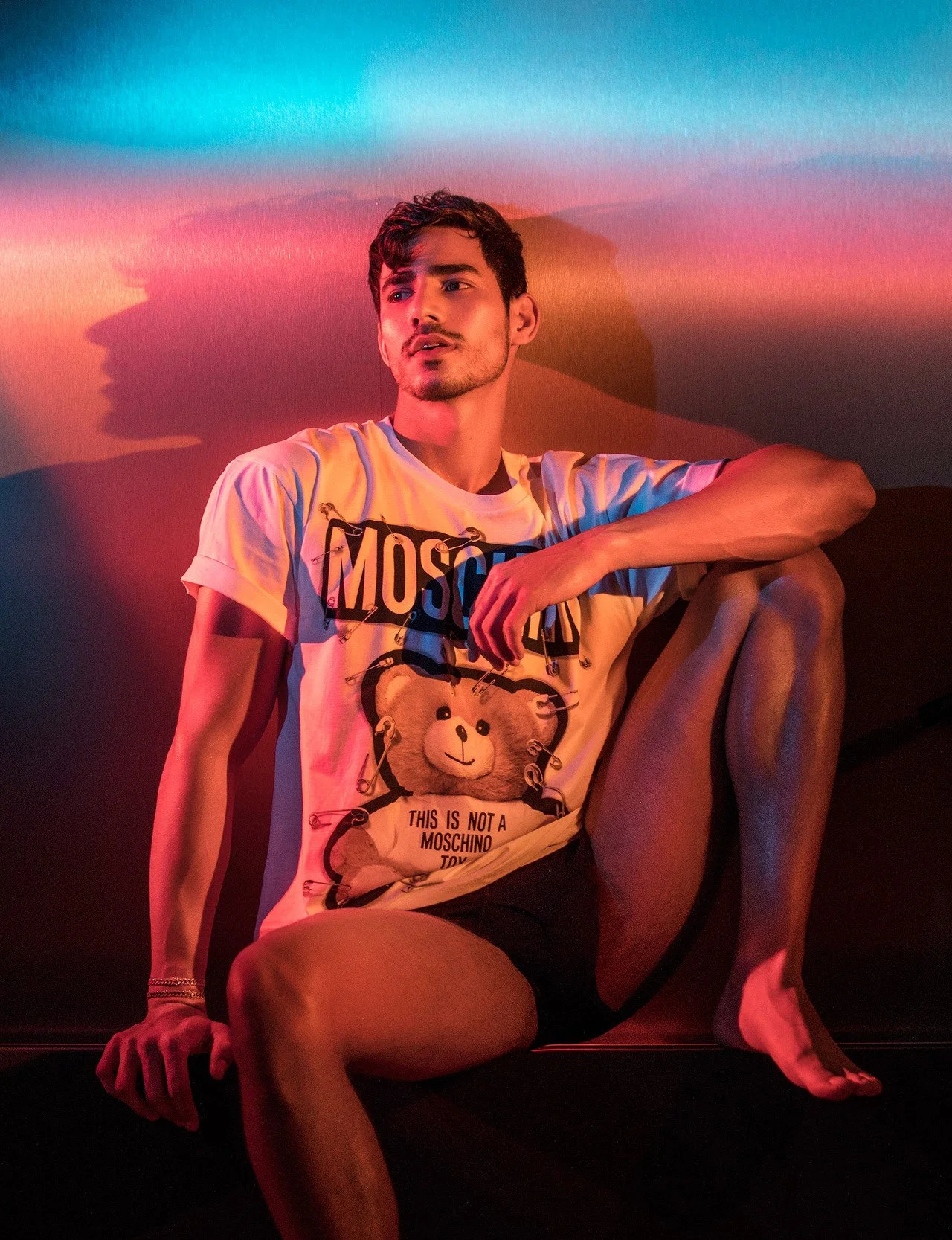Luxury Is No Longer a Logo. It’s Nervous System Safety.

Fashion + Beauty, from my conscious-marketing lens)
I used to think luxury was the moment you’re seen.
Now I know it’s the moment you can finally breathe.
When I talk about conscious marketing, I don’t mean soft messaging or spiritual wallpaper. I mean building brands that regulate people instead of performing at them. The body knows when it’s safe. It knows when a space, a garment, or a product is there to honor it—not extract from it. That’s the new bar in fashion and beauty: nervous system safety as the primary signal of value.
What nervous system safety looks like (in practice)
Safety is design, not a vibe. It shows up as:
Predictable touchpoints: no-chaos fittings, clear timing, unhurried service, and environments that reduce decision fatigue.
privacy by default: no phones in the room, no back-of-house chaos bleeding into front-of-house energy, consent around what gets documented.
Care without theater: garments steamed and ready to meet a real body; makeup/skincare that respects barrier health and circadian rhythm; honest “this isn’t right for you” moments.
Ritual cues: light, scent, temperature, sound, and pacing that tell the nervous system, you’re held here.
When people feel safe, they attach. They spend—not only money, but reputation. They return with friends. They retell the experience as if it were their own story. That’s conversion you can’t buy with a billboard.
Fashion: from spectacle to sanctuary
The old luxury fitting was performance. Ten people in a room, a rack for optics, and a hope that intimidation would read as importance. The body armors up in rooms like that.
The new fitting is minimalist, precise, and intimate.
• Three silhouettes, not thirty.
• A tailor who listens more than they talk.
• Natural light if possible.
• Garments that invite breath and posture, not just mirror approval.
Fabric is nervous system tech. Hand, weight, temperature, and movement matter. So does the story a piece places you in. Logos used to do that work; now sensation does. Clients don’t want to cosplay status—they want to feel regulated in their skin.
Retail must follow. The high of “being let in” is gone; the premium is how you’re held once you’re inside. Stores that win feel like atelier-sanctuaries: fewer SKUs, more clarity; fewer glances from strangers, more attention from one calm human. And if we’re honest, the most luxurious checkout is no checkout at all—concierge handles the logistics so the nervous system stays steady from hello to goodbye.
Beauty: from performative glow to repair and remembrance
Beauty that dysregulates the body—over-exfoliation, fragrance as cover-up, “plumped” as a personality—is aging out. Conscious beauty asks a different set of questions:
• What does this formula do to the skin barrier and the nervous system?
• How do these textures, scents, and actives affect breath and mood?
• Does the ritual return me to myself, or does it sell me a replacement self?
The most modern flex is repair: barrier-intelligent skincare, circadian-aware routines, and makeup that co-regulates with lighting and environment instead of fighting them. Packaging whispers, it doesn’t yell. Campaigns show quiet confidence, not choreographed exhaustion. In a dysregulated world, calm is the new glow.
Community is luxury now
People think “exclusive” still means a velvet rope. It doesn’t. Exclusion is easy. Belonging is rare.
The real private club in fashion and beauty is the room where no one is performing: phones down, chef cooking for twelve, a stylist and an esthetician who already know your history, and a founder who respects your boundaries more than your follower count. That’s where loyalty forms—because the brand isn’t asking you to prove you belong; it’s proving it belongs with you.
My operating stack (how I build this with clients)
I use a simple, spiritual-adjacent stack that keeps the work honest:
1. Revelation — Tell the truth of the brand. No costumes. If the why is fuzzy, the work will be frantic.
2. Regulation — Design environments, rituals, and processes that lower cortisol for everyone involved: client, team, talent, and customer.
3. Resonance — Architect moments people can carry: a fitting that felt like permission, a serum that felt like exhale, a dinner that felt like reunion.
4. Legacy — Protect the conditions that made it special. Scale carefully, repeat your rituals, and let quiet proof compound.
Think of this as marketing as nervous-system design.
Quick shifts for fashion & beauty founders
• Reduce choice to increase trust. Curate down. Clarity regulates.
• Codify ritual. Define the sensory beats (light/scent/tempo/temperature) and repeat them across pop-ups, fittings, counters, and content.
• Consent around visibility. Ask before shooting. Offer no-photo fittings. Make privacy a feature.
• Write for the body. Product pages and lookbooks should describe feel (weight, drape, breathability, reactivity) as much as visuals.
• Train for tone. Hire for calm. Teach staff to slow their voice, match breath, and name the next step.
• Measure resonance, not just reach. Track returns, referrals, average dwell time in spaces, and reinvitations—not only impressions.
A spiritual note
Luxury, to me, is remembrance—not of status, but of self. The clothes, the pigments, the textures… they’re just instruments. The music is what happens when the body relaxes enough to let you hear yourself again. That is the experience people are trying to buy. That is why the room matters. That is why I build brands around calm, consent, and care.
Because luxury was never supposed to exhaust you to prove you’d arrived.
It was supposed to make arriving feel like coming home.
If you’re building in fashion or beauty and this is the world you want to host, I’m here to help you design it—quietly, precisely, and with your audience’s nervous system in mind.
With resonance.
Joseph



